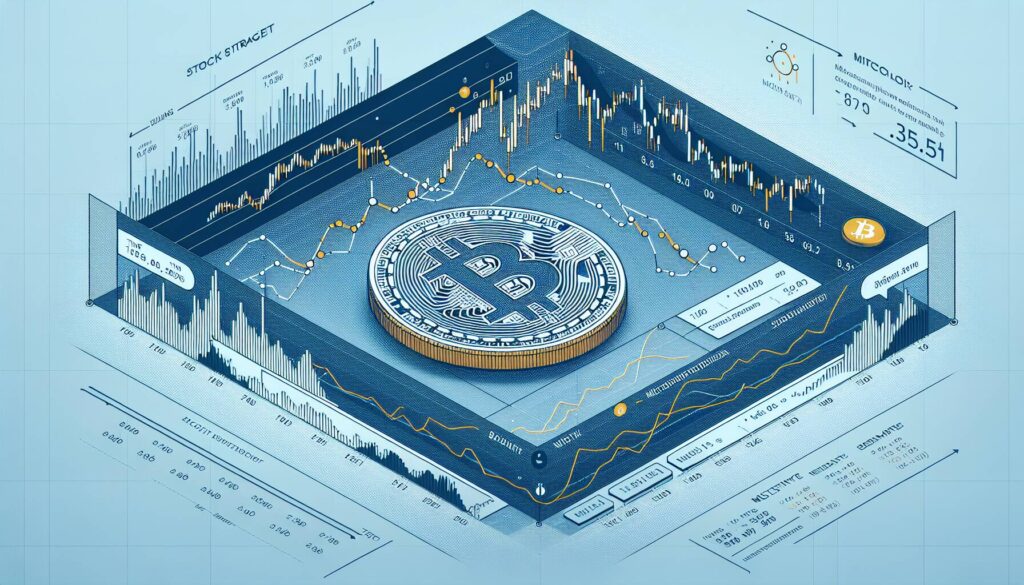In recent developments within the cryptocurrency landscape, a Solana-centric company has made headlines by opting to buy back shares, aligning itself with a rising trend among crypto treasury firms. This strategic move comes in response to a waning investor appetite for Digital Asset Tokens (DATs), which has prompted many companies to rethink their capital strategies.
As the cryptocurrency market grapples with fluctuations in investor interest, companies are increasingly turning to share buybacks as a means to bolster their value and appeal to existing shareholders. This approach not only signals confidence in the company’s long-term potential but also addresses the changing dynamics of investor sentiment in the ever-evolving digital asset space.
“The decision to buy back shares reflects an understanding of current market conditions and a commitment to enhancing shareholder value amid shifting perceptions of digital assets,” a market analyst noted.
The Solana-centric firm’s initiative is part of a broader movement where treasury management strategies are adapting to the current landscape, emphasizing the importance of maintaining investor trust and stability in a market that can often be unpredictable. With the crypto industry continuing to mature, such steps could be indicative of a more cautious yet optimistic outlook among companies in the digital asset ecosystem.

The Impact of Solana-Centric Company Share Buybacks
The following are key points regarding the trend of crypto treasury companies, particularly those centered around Solana, opting to buy back shares:
- Growing Trend: Many crypto treasury companies are increasingly engaging in share buybacks to stabilize their stock value.
- Market Reaction: As investor appetite for decentralized autonomous tokens (DATs) wanes, companies are taking measures to reassure current investors.
- Impact on Share Prices: Buybacks can lead to an increase in the value of remaining shares, benefiting existing shareholders.
- Indication of Financial Health: Share buybacks may signal that a company is financially robust enough to return capital to shareholders.
- Focus on Solana: The Solana platform’s growing prominence may encourage further investment, making shares more attractive in the long run.
These developments may influence readers, especially investors, to consider the stability and long-term potential of crypto companies that prioritize shareholder value.
Crypto Treasury Trends: Solana-Centric Company Takes a Bold Step
In an evolving landscape where crypto treasury companies are re-evaluating their strategies, the decision made by the Solana-centric company to repurchase shares stands out. This move comes at a time when interest in Digital Asset Tokens (DATs) is diminishing, highlighting a strategic pivot typical of companies keen to stabilize their market position amid volatility.
Competitive Advantages: This proactive approach allows the company to enhance shareholder value, signaling confidence in its long-term vision despite fluctuating market sentiments. By buybacks, they can reduce the total supply of shares, potentially leading to an uplift in share prices. Moreover, such initiatives might attract investors seeking stability and long-term prospects in a turbulent crypto space, giving this company a competitive edge over those that choose not to adapt.
Competitive Disadvantages: However, there are inherent downsides to this strategy. Allocating funds for share repurchases may divert resources from other critical areas such as innovation or expansion. This could result in stagnation compared to competitors who are aggressively investing in new technologies or partnerships. Additionally, if investor sentiment doesn’t improve, the buyback could be perceived as a desperate measure, diminishing trust and confidence in the company’s management.
This decision could particularly benefit current shareholders who stand to gain from higher stock prices and increased dividends. Conversely, potential investors might hesitate to engage with the company if they perceive a lack of growth opportunities. Furthermore, industry peers may react differently, with some seeing this as a cue to adopt similar strategies, while others may continue focusing on building their financial infrastructure rather than prioritizing immediate shareholder returns.














